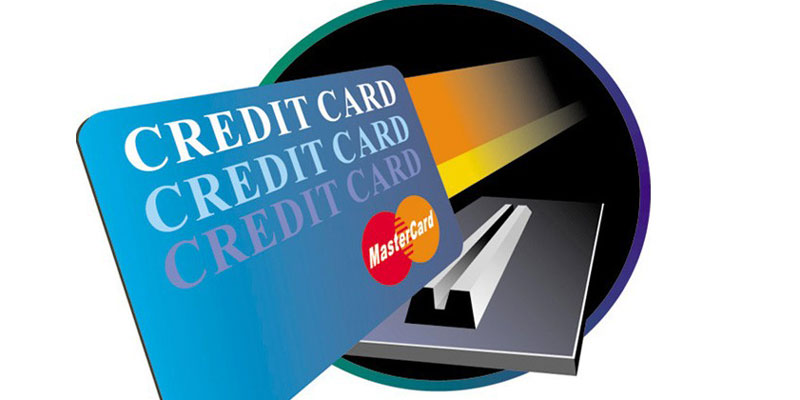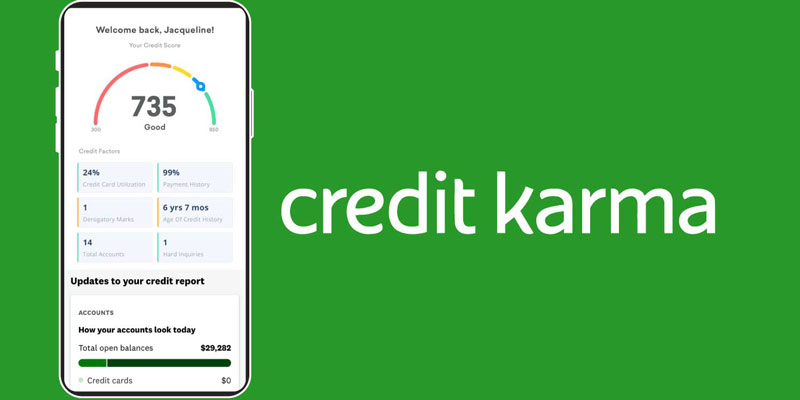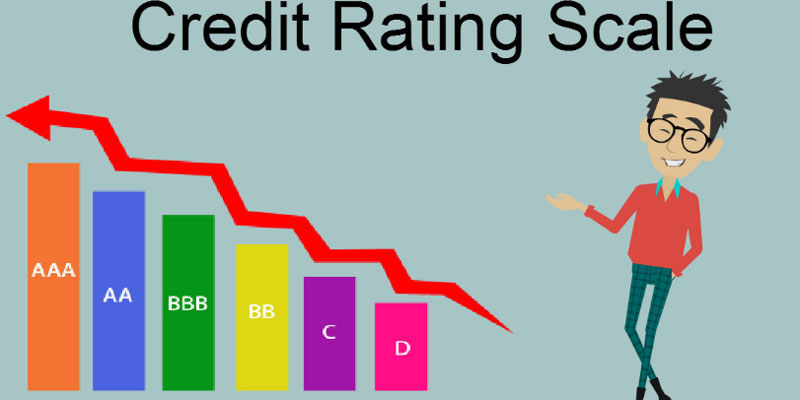The methods used to combat credit card fraud are constantly evolving. Sadly, so are the methods employed by credit card fraudsters? According to the Federal Trade Commission, there were more than 2.1 million fraud and identity theft incidents in 2020 — a rise of 26% from five years earlier and 138 percent in a decade.
Most of these incidents included credit cards, and identity theft involving credit cards accounted for more than 40% of all reports. All of these incidents were brought to the attention of law enforcement and consumer advocacy groups.
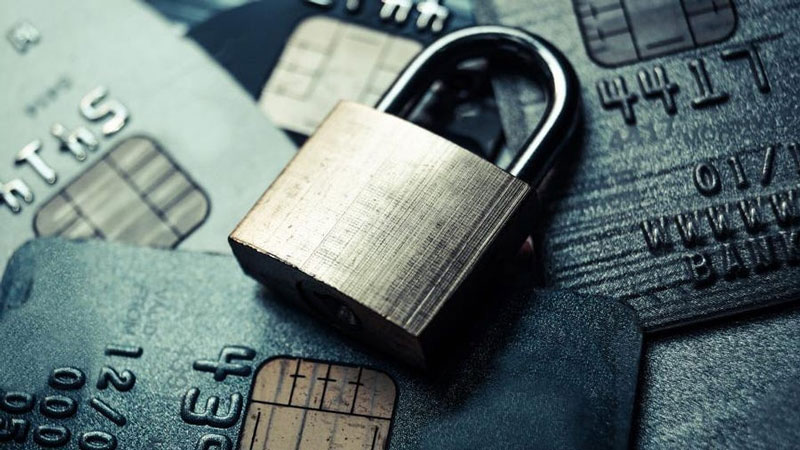
1. Overcharging Scams
The target receives a notification through email, text, or phone that their credit card has been overcharged for their purchased product or service. Refunding the customer is a complicated process requiring the target to disclose personal information.
· What's the Deal?
Because of this, it's more probable that scammers may imitate a popular streaming platform like Netflix and Spotify rather than a product or service that the scammer has previously identified their victim as using to make the purported overcharge appear to be related.
If the alleged overcharge is for a product or service that the target never purchased or uses, that may also seem like more cause to pursue a refund.
2. Interest Rate Cut Scams
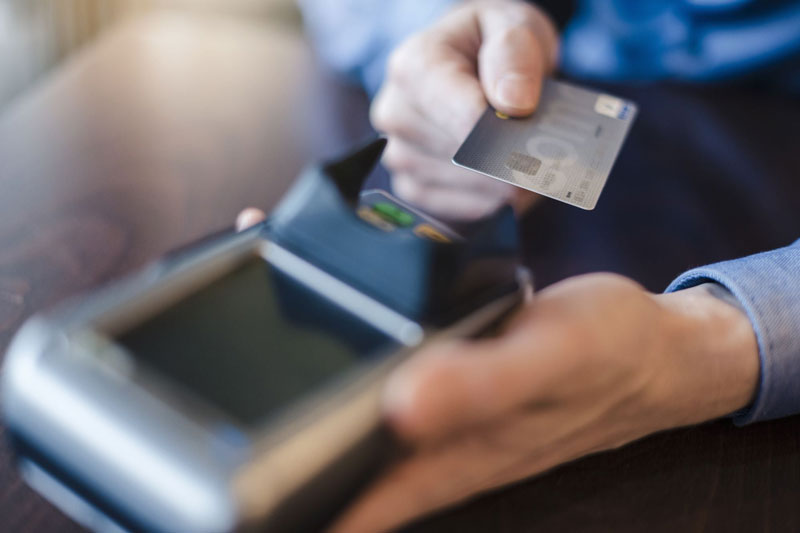
This year has seen several "businesses" claiming to be able to lower a target's credit card interest rate and thereby save them a substantial amount of money.
· How It Works
A caller may claim or suggest that the "business" they are speaking with has a relationship with credit card companies that allow them to negotiate reduced interest rates. Suppose the offer has a time restriction, like many scams and legitimate business solicitations. The caller may say so to persuade the target to respond fast and without the usual caution or thinking.
3. Arrest Call Scams
These may appear ridiculous to people who are well-versed in the art of spotting phone frauds. Unaware victims, on the other hand, may find them very upsetting. Unfortunately, fraudsters use this to their advantage.
· Exactly How Does It Work?
As part of the hoax, a credit card is used to "pay off" debt, penalties, or tickets that the victim is supposedly responsible for, which provides the fraudster with their credit card details.
Claims to be from the IRS, SSA, FBI, and other governmental agencies with suggested ties to law enforcement are made in this call.
It may even include a "spoofed" caller ID to appear genuine, but it isn't. The threat of arrest, an active warrant, legal action, or a monetary fine is used to compel compliance from the intended recipient of the call.
4. Scams Involving Donations
This is one of the most straightforward and efficient credit card frauds since the victim is coerced into providing their credit card information over the phone.
· How It Works
The recipient receives a phone call or email from a fraudster claiming to be from a benevolent organization or cause asking for money.
Scammers have been pulling this ruse for a long time, and they've honed their tactics to make it more likely that a victim will agree to pay money on the spot. Your money will never be seen again since they'll ask for your credit card details to be sent to them.
5. Skimming
Despite the introduction of EVM cards ("chip cards"), this trick has remained a traditional way to steal credit card information.
· How It Works
Scammers are on the lookout for payment terminals that are frequently used yet unattended, such as ATMs, gas stations, and businesses.
During a typical transaction, a skimmer, an electronic device, is installed on or near the actual card reader and discreetly collects credit or debit card information.
Unless the device is detected, the victim won't realize their card information has been stolen until fraudulent activity begins, by which time it may be too late to stop it.
6. Phishing Scams
Fake companies or services can trick people into handing over personal information via phishing scams that masquerade as real organizations but deliver misleading instructions or links.
In some instances, scammers pose as legal credit card companies or other organizations that would legitimately require access to financial information to steal money.
How It Works
Phishing scams may be perpetrated by phone and email, and they can use several techniques to earn the trust of their victims. Fraudsters could say, for example, that your credit card information needs to be updated or that your account has been compromised and has to be retrieved. When they ask for confirmation, scammers may pose as if they already know the answers to the target's security questions.
Credit Card Scam Reporting Guide
These frauds have been discussed; therefore, some recommendations for reporting them. Steps may be taken if you notice unusual expenditures on your credit card and are concerned that someone else will pay for your purchases.
Call your credit card company immediately. After receiving your bill, you must notify the credit card company of any fraudulent transactions within 60 days, according to the Fair Credit Billing Act.
Your passwords should be changed once you've notified your credit card company that your account has been hacked. Now is the time to take advantage of it when it comes to two-factor authentication.
